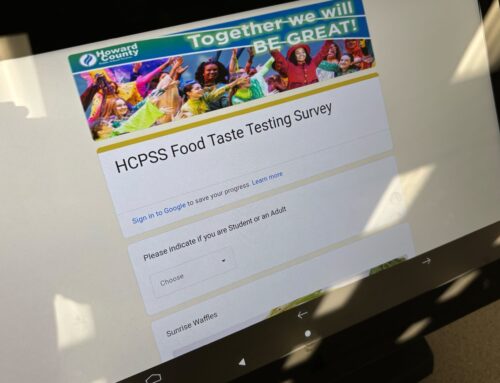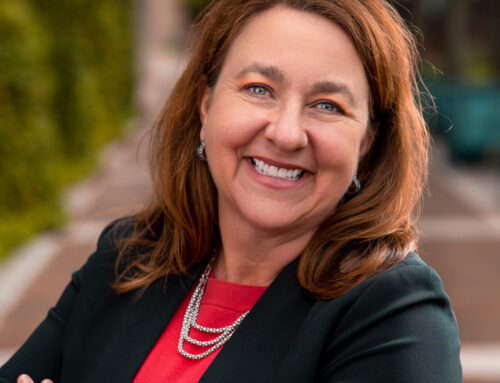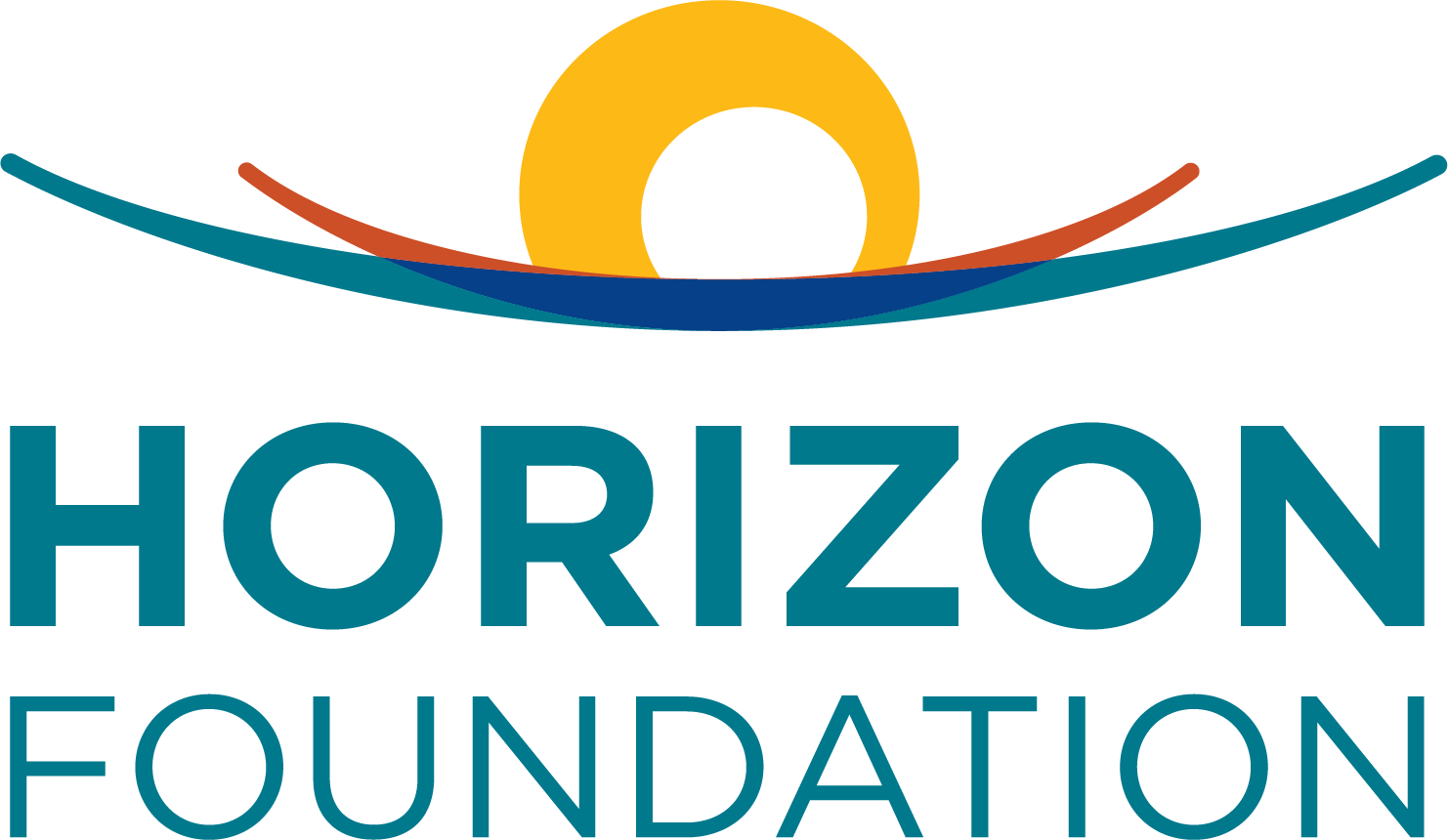Soda Sales Drop 20 Percent After Three Years of Comprehensive Howard County Unsweetened Campaign
The Journal of the American Medical Association (JAMA) Internal Medicine, a major peer-reviewed international medical journal, published a new study today showing the dramatic decrease in sugary drink sales in Howard County, including a 20 percent drop in soda sales. The study from the UConn Rudd Center for Food Policy and Obesity at the University of Connecticut is the first to use objective retail sales data to measure the effectiveness of a community-led campaign to reduce consumption of sugary drinks.
JAMA editors called the study “gratifying” and wrote, “The editors were as impressed with the rigor of the methods as the decrease in soda and fruit drink sales.”
“This study demonstrates the power of a community-based public health campaign that combines health-supporting policy changes with extensive outreach. The residents of Howard County have been engaged in every phase of this effort and their commitment to switching their drinks showed up in the supermarket sales
data,” said Marlene Schwartz, Director of the Rudd Center, and the study’s lead author.
Read the CNN story: How one county slashed sugary drink sales
Changing the Culture

Sugary drinks are among the leading sources of excessive sugar and empty calories–calories that supply little or no nutrients–for both children and adults, and overconsumption of sugar is associated with obesity and increased risk of heart disease.
“Howard County Unsweetened is all about changing the culture of our community to make the health choice the easy choice,” said Nikki Highsmith Vernick, President and CEO of the Horizon Foundation. “We are thrilled to now have peer-reviewed research that shows the success of a comprehensive approach–including policy, communications and outreach efforts–to drive meaningful change.”
Policy Changes + Outreach = Notable Declines
Comparing sales data in 2012, before the Howard County Unsweetened campaign, to sales data in 2015, researchers found notable declines in purchases over the three-year period. The study’s key findings show that based on sales data from Howard County supermarkets:
- Sales of sugar-sweetened soda declined nearly 20 percent.
- Sales of 100 percent juice fell 15 percent.
- Sales of fruit drinks with added sugars fell a little more than 15 percent.
The campaign’s policy changes included:
- Strengthening the school system’s wellness policy to eliminate sugary drinks in student-accessible vending machines and increasing access to water.
- Enacting a 2014 state law that improves healthy drink offerings at licensed childcare centers and encouraging breastfeeding.
- Enacting a 2015 local law making healthier food and drinks more widely available on local government property.
- Engaging nearly 50 community organizations in the effort to improve the food and beverage choices they offer.
Community-wide public health outreach efforts included:
- Marketing such as TV ads, social media messages, and online ads.
- Disseminating public health information about the risks associated with consumption of sugary drinks directly to local residents at community and athletic events, local swimming pools, and health fairs.
- Training of healthcare professionals to improve patient counseling on the dangers of sugary drink consumption and the diagnosis and treatment of children with obesity.
In determining the campaign’s impact, researchers compared weekly beverage sales
of top-selling brands in 15 Howard County supermarkets with a matched group of
17 supermarkets in southeastern Pennsylvania. The study did not include sales data
from non-supermarket vendors such as convenience stores.






